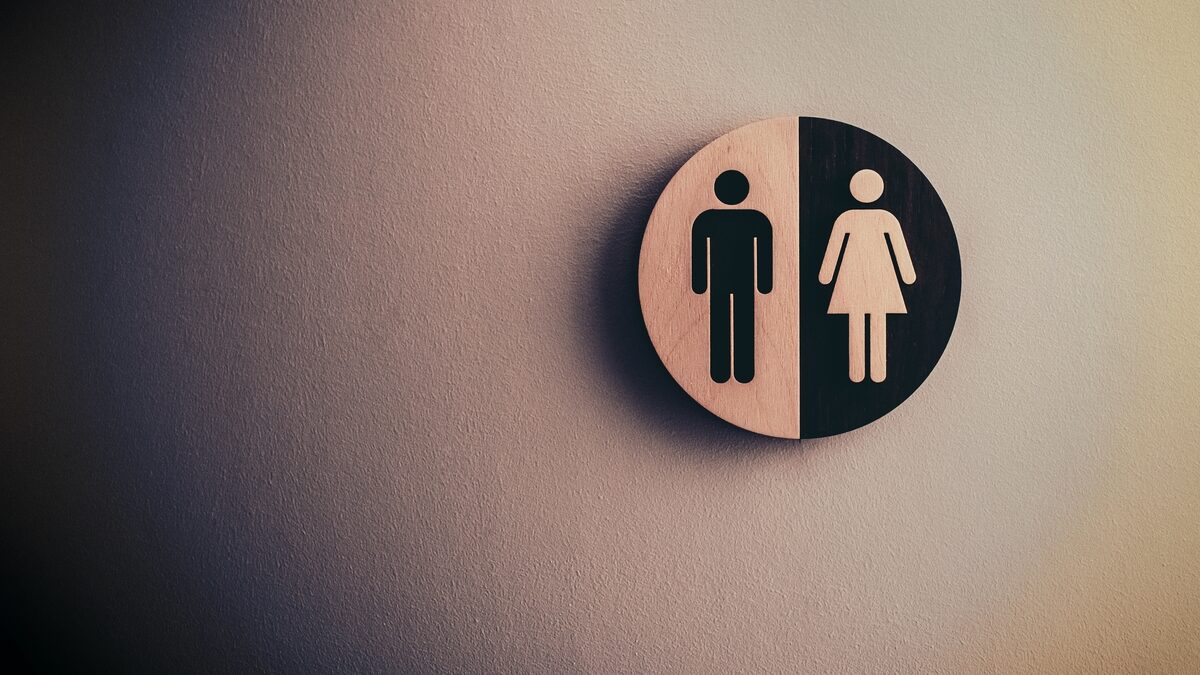We dug deep into the numbers and surveyed 1,000 Aussie small business owners to reveal what’s really going on with gender in the small business world.
From who’s running the show to the challenges they face (and what they’re getting paid), here’s what we learned:
The big question: Who’s really running Australia’s SMEs?
Australia’s small business scene is huge—97% of all Australian businesses are small businesses! But when we talk about small business owners, the focus is usually on the men. So, how are women doing? Are they breaking through the glass ceiling, or is there still a long way to go? Since 1991, female business ownership has soared by 77.4%.
But hold up—while that sounds great, men’s business ownership has grown by 43.2% too, so women still only make up 35.4% of all small business owners. That’s a lot of room for improvement, right?
Where are women starting businesses?
While you might think women are mostly starting businesses in “traditional” sectors, think again! Here are the top two industries where women are killing it:
- Health Care & Social Assistance (64.4%)
- Education & Training (62.5%)
In comparison, industries like Construction (89.5% male-owned) and Engineering (94.5% male-owned) remain very much a boys’ club. Here’s a fun fact: women business owners are more likely to have higher education qualifications. 40.1% of female owners have a bachelor’s degree or higher, while most men have certificates or diplomas. Maybe women feel the pressure to have that “extra” qualification before taking the leap?
The gender pay gap: Ouch!
Here’s the kicker—the pay gap is real. Among small business owners, men earn nearly 1.5 times what women do. Men have a median salary of $59,500, while women only bring in $40,000 (and that’s if they’re actually paying themselves!). To make it even worse, when adjusted for hours worked, men still come out on top—$80,408 vs. $67,473 for women.
Challenges: Who has it harder?
Both men and women face the usual hurdles of starting and running a business—think work-life balance, financial pressure, and burnout. But the one thing women report more often than men? Imposter Syndrome. A surprising 16.4% of women said they feel like they’re faking it, compared to just 5.8% of men. Anyone else feeling this?
Working Hours: Who’s hustling more?
Women seem to be juggling it all. While both men and women work similar hours in the 11-20 hourrange, more men work over 40 hours a week than women (27.9% vs. 13.9%). Maybe women are spreading themselves thin with other responsibilities like childcare, housework, and keeping the family running?
Who’s Feeling Successful?
Men tend to view their businesses as successful, with 75% of men saying their ventures are doing well. Only 67.8% of women share that sentiment. Could it be a confidence gap? Or are women just being more realistic? Either way, the gap in success perception is there.
Why are people starting small businesses anyway?
Here’s the deal: financial independence, passion, and freedom are the top reasons both men and women start their businesses. But there’s one interesting gap—17.2% of men say they started a business because they “noticed a market opportunity,” compared to just 12% of women. Could women be missing opportunities, or is it simply a different approach?
Key Takeaways:
- Women’s small business ownership has grown by 77.4% since 1991, while men’s has grown by 43.2%.
- Women dominate in Health Care & Social Assistance and Education, but still struggle to break into male-dominated fields like Construction and Engineering.
- Men earn more. $59,500 median salary for men vs. $40,000 for women.
- Women face unique challenges like imposter syndrome, which is reported 16.4% of the time(vs. just 5.8% in men).
- Women often report feeling less successful, with 27.1% of women saying their business is just “neutral” compared to 18.9% of men.
- Financial independence and following a passion are the top reasons for both men and women starting a business—but men see more market opportunities than women.
Jess Morris, Head of People & Culture at Reckon says: “While the number of female small business owners has grown over the last couple of decades, there is still a lot of work to do to create equality between small business owners. Women are not only running fewer businesses but also earning less than their male counterparts. This highlights the need to support and empower female entrepreneurs. We need to create an environment that encourages female entrepreneurs to know their worth, as well as navigate challenges such as imposter syndrome and financial difficulties.”
Wages continue to rise
In another news the Australian Bureau of Statistics (ABS) has reported that the Wage Price Index (WPI) rose by 0.8% in the September 2024 quarter and by 3.5% for the year. This marks a decline from previous quarters, as the annual wage growth fell below 4% for the first time since June 2023.
- Private sector wages grew by 3.5%, the lowest since September 2022.
- Public sector wages grew by 3.7%, surpassing private sector growth for the first time since December 2020.
- The average hourly wage change in the September quarter 2024 was 3.7%, lower than the previous year’s 5.4%.
These wage changes reflect outcomes from the Fair Work Commission’s annual wage review, where a 3.75% wage increase was implemented from July 2024, down from 5.75% in 2023. The report indicates that while wage growth remains positive, it is slowing across both sectors. Ben Thompson, Chief Economist, Employment Hero said: “Wages continue to rise at high rates. Employment Hero data shows wages grew 5% year-on-year, and 2.9% over the quarter, outpacing the ABS Wage Price Index’s 3.5% yearly increase. This is driven by strong demand for talent in sectors like construction and trades, where wages saw a notable 10% rise year-on-year. However, growth from September to October showed full-time wages remained flat (0%) month-on-month for the first time in over a year; something we will keep a very close eye on. Meanwhile, casual wages rose 4.3% year-on-year.
Employment Hero’s data on quarterly wage growth in Healthcare/Community Services at 3.0% is significantly higher than the ABS data on Healthcare and social assistance at 1.7%
“Despite wage gains, reduced hours are complicating the outlook, particularly for casual and part-time roles dependent on shifts or overtime. Average hours worked fell 6.0% year-on-year nationwide, with South Australia experiencing a sharp 9.6% drop. For employees, this reduction means that while wages are increasing to stay competitive, fewer hours are cutting into actual take-home pay, especially in roles where stable hours are essential. This balancing act reflects the broader complexities of Australia’s labour market, as SMEs face rising wage pressures, adjusting hours to adapt to the cost of operating.”
Keep up to date with our stories on LinkedIn, Twitter, Facebook and Instagram.
SMEs make up 97% of Australia’s economy, but who’s leading them? Female ownership has surged 77.4% since 1991, yet challenges remain. News, gender gap Dynamic Business










